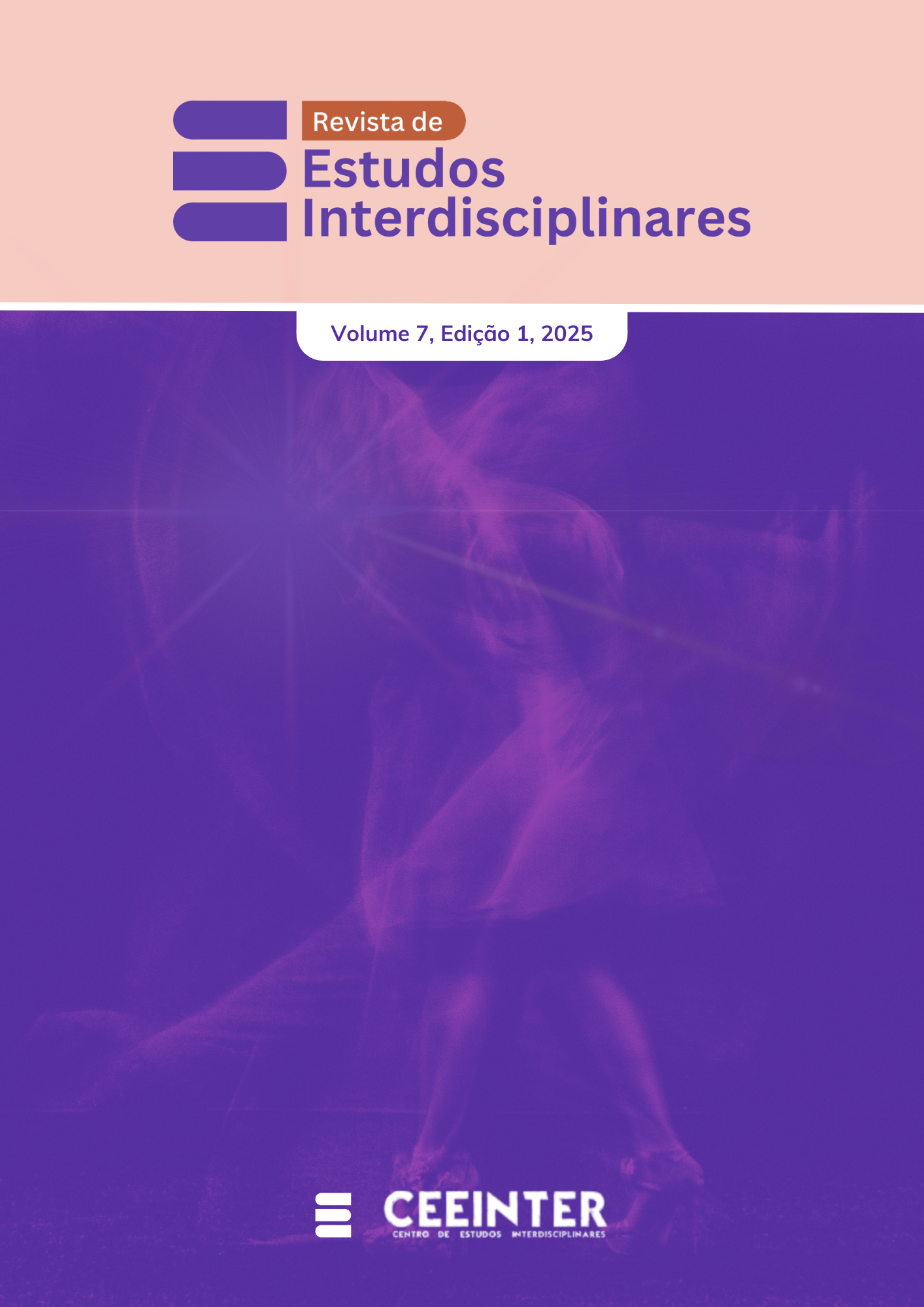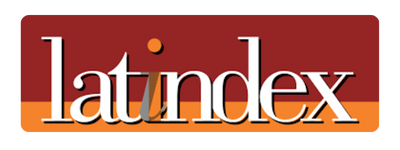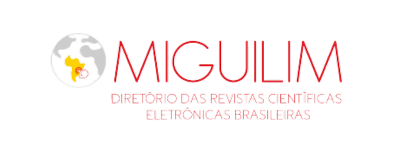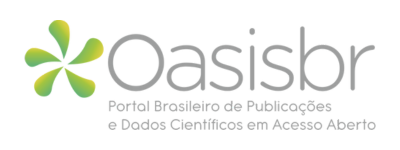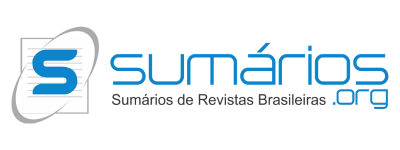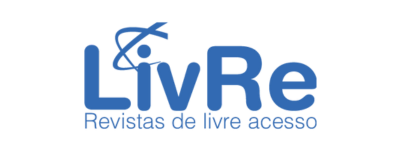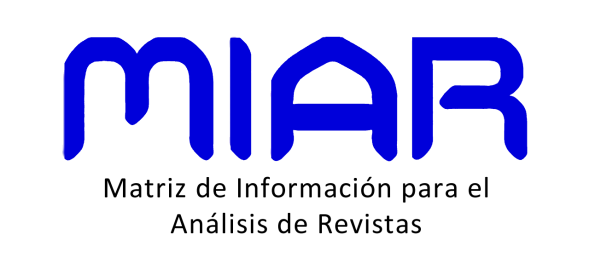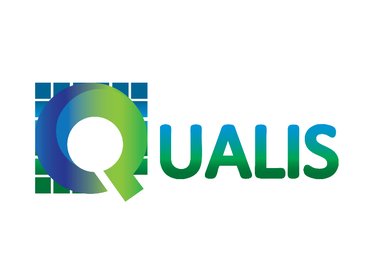INTERACTIVE DIDACTIC SEQUENCES
DISCUSSING THE CONCEPT OF BISECTOR OF AN INTERNAL ANGLE OF ANY TRIANGLE
Visualizações: 3DOI:
https://doi.org/10.56579/rei.v7i1.1171Keywords:
IDS, GeoGebra Learning Object, Concept Map, TeachingAbstract
he study proposes the development of the concept of the bisector of an internal angle of any triangle by a group of eighth-grade students in a school located in the Semi-Arid region of Potiguar, using the Interactive Didactic Sequence (ITS) as a pedagogical approach. The responses derived from the students' preexisting knowledge were reviewed and condensed into sets to derive a definition to be debated, using the GeoGebra Learning Object as a teaching resource. GeoGebra proved to be an interactive software that facilitates learning. Regarding the concept under study, the presented conceptual maps demonstrated that the students improved their knowledge in a conversational and interactive manner. The conclusions reveal that the IDS approach fosters interactive discussions, enabling the construction of knowledge based on the students' prior understanding.
Downloads
References
ANTÔNIO, M.; ANTÔNIO, P. M. M. Utilização do software GeoGebra no ensino de Física Quântica. e-Boletim da Física, [S. l.], v. 11, n. 1, 2023. DOI: 10.26512/e-bfis.v11i1.47352. Disponível em: https://periodicos.unb.br/index.php/e-bfis/article/view/47352. Acesso em: 02 jan. 2024.
BARBOSA, J. J.; OLIVEIRA, M. M. A construção do conceito de hidrocarbonetos por professores de química em formação inicial a partir da sequência didática interativa. IN: IV Congresso Nacional de Pesquisa e Ensino em Ciências. 2019. Anais do IV Congresso Nacional de Pesquisa e Ensino em Ciências. Campina Grande: Editora Realize, 2019.Disponível em: http://www.editorarealize.com.br/editora/anais/conapesc/2019/TRABALHO_EV126_MD1_SA7_ID359_07082019161550.pdf. Acesso em: 12 jan. 2024.
COMETTI, M. A. Discutindo o ensino de integrais múltiplas no cálculo de várias variáveis: contribuições do GeoGebra 3D para a aprendizagem. 2018. 193 f. Dissertação (Mestrado em Educação Matemática) – Instituto de Ciências Exatas e Biológicas, Universidade Federal de Ouro Preto, Ouro Preto, 2018. Disponível em: https://www.repositorio.ufop.br/handle/123456789/10011. Acesso em: 13 jan. 2024.
CURY, H. et al. ANÁLISE DE ERROS EM DISCIPLINAS MATEMÁTICAS: UM ESTUDO COM ALUNOS DE ENGENHARIA E CIÊNCIA DA COMPUTAÇÃO. [s.l: s.n.]. Disponível em: <http://www.eee2005.uerj.br/artigos/artigo04.prn.pdf>. Acesso em: 08 jan. 2024.
DACIOLO, L. V. P. Análise de metodologias ativas de ensino-aprendizagem abordadas no COBENGE. Educitec -Revista de Estudos e Pesquisas sobre Ensino Tecnológico, Manaus, Brasil, v. 8, n. jan./dez., e178122, 2022. DOI: 10.31417/educitec.v8.1781. Disponível em: https://sistemascmc.ifam.edu.br/educitec/index.php/educitec/article/view/1781. Acesso em: 04 jan. 2024.
FERREIRA, D. H. L.; BRUMATTI, R. N. M. (2009). Um olhar voltado para alunos com dificuldades em Matemática num curso de Engenharia Elétrica. Anais do VI Congresso Iberoamericano de Educación Matemática. Puerto Montt, Chile, P. 949-955.
FREITAG, I. H. A IMPORTÂNCIA DOS RECURSOS DIDÁTICOS PARA O PROCESSO ENSINO-APRENDIZAGEM. Arquivos do Mudi, v. 21, n. 2, p. 20-31, 23 nov. 2017. Disponível em: https://periodicos.uem.br/ojs/index.php/ArqMudi/article/view/38176/pdf. Acesso em: jan. 2024.
GUTIÉRREZ ARAUJO, R. E.; CASTILLO BRACHO, L. A. Simuladores com o software GeoGebra como objetos de aprendizagem para o ensino da física. Tecné Episteme y Didaxis: TED, n. 47, 1 jan. 2020. Disponível em: http://www.scielo.org.co/scielo.php?pid=S0121-38142020000100201&script=sci_abstract&tlng=pt. Acesso em: 23 jan. 2024.
JUNIOR, E, C, N, et al. AS CONTRIBUIÇÕES DO GEOGEBRA COMO FERRAMENTA AUXILIAR NO ENSINO E APRENDIZAGEM DE CÁLCULO DIFERENCIAL E INTEGRAL NA UFERSA. In: III Congresso Brasileiro GeoGebra / X Dia GeoGebra Iberoamericano - Caruaru, 2022. Disponível em: <https://www.doity.com.br/anais/iiicongressobrasileiroggb/trabalho/234785>. Acesso em: 21 jan. 2024.
LAVOR, O. P.; OLIVEIRA, E. A. G. SEQUÊNCIA DIDÁTICA INTERATIVA NA DISCUSSÃO DO CONCEITO DE ENERGIA. REAMEC - Rede Amazônica de Educação em Ciências e Matemática, [S. l.], v. 10, n. 1, p. e22011, 2022. DOI: 10.26571/reamec.v10i1.13122. Disponível em: https://periodicoscientificos.ufmt.br/ojs/index.php/reamec/article/view/13122. Acesso em: 11 jan. 2024.
LEITE, A. F. R.; ALEXANDRE, M. L. O. Ensino e Aprendizagem: Uma análise das Metodologias Aplicadas no Instituto Metrópole Digital – UFRN. EAD EM FOCO, [S.l.], v. 8, n. 1, jul. 2018. ISSN 2177-8310. 2018. Disponível em: https://eademfoco.cecierj.edu.br/index.php/Revista/article/view/684/323. Acesso em: 19 jan. 2024.
OLIVEIRA, M. Sequência didática interativa no processo de formação de professores. 2 ed. Petrópolis: Vozes, 2013.
PESSOA, W. D. Uso de recursos digitais 3D no ensino de química: as potencialidades do Geogebra®. RELACult - Revista Latino-Americana de Estudos em Cultura e Sociedade, [S. l.], v. 4, 2018. DOI: 10.23899/relacult.v4i0.710. Disponível em: https://periodicos.claec.org/index.php/relacult/article/view/710. Acesso em: 15 jan. 2024.
PROENÇA, M. C. Resolução de Problemas: uma proposta de organização do ensino para a aprendizagem de conceitos matemáticos. Revista de Educação Matemática, [S. l.], v. 18, p. e021008, 2021. DOI: 10.37001/remat25269062v17id359. Disponível em: https://www.revistasbemsp.com.br/index.php/REMat-SP/article/view/141. Acesso em: 18 jan. 2024.
RODRIGUES, J. J. V.; QUARTIERI, M. T.; MARCHI, M. I.; PINO, J. C. D. SIMULAÇÕES COMPUTACIONAIS E MAPAS CONCEITUAIS NO AUXÍLIO À APRENDIZAGEM SIGNIFICATIVA DO CONCEITO DE ENERGIA. Experiências em Ensino de Ciências, v. 13, n. 5, p. 535–554, 2018. Disponível em: https://fisica.ufmt.br/eenciojs/index.php/eenci/article/view/120/102. Acesso em: 19 jan. 2024.
SANTOS, C.; RIBEIRO, M. S.; BATTISTI, I. K. ENSINO DE FUNÇÕES EM TEMPOS DE PANDEMIA: UMA SEQUÊNCIA DIDÁTICA QUE CONSIDERA RECURSOS TECNOLÓGICOS. FEIRA ESTADUAL DE MATEMÁTICA DO RS, [s. l.], v. 1, n. 1, 2021. Disponível em: https://publicacoeseventos.unijui.edu.br/index.php/feiramatematicars/article/download/18844/17554. Acesso em: 25 jan. 2024.
SILVA, J. I. G.; Ferreira, D. H. L. O uso de tecnologias na disciplina de cálculo diferencial e integral I. Anais do XIV Encontro de Iniciação Científica da PUC Campinas. Disponível em: http://w3.ufsm.br/carmen/disciplinas/Tics/winplot/winplot_calculo.pdf. Acesso em: 12 jan. 2024.
SILVA, M. J. S. J.; DIAS, G. A.; ANECLETO, U. C. Gênero meme e formação do hiperleitor por meio da sequência didática interativa. Revista Docência e Cibercultura, v. 5, n. 1, p. 117-137, 2021. Disponível em: https://www.e-publicacoes.uerj.br/index.php/redoc/article/view/53029/36748. Acesso em: 19 jan. 2024.
SOUZA, S, A. COMPREENDENDO O CONCEITO DE “FUNÇÃO” PARA MELHORAR A QUALIDADE DO SEU PROCESSO DE ENSINOAPRENDIZAGEM. 7 Congresso nacional de pesquisa e ensino de ciências - conapesc, [s. l.], 2022. Disponível em: https://editorarealize.com.br/editora/anais/conapesc/2022/TRABALHO_COMPLETO_EV177_MD4_ID1049_TB413_23062022214745.pdf. Acesso em: 17jJan. 2024.
VIEIRA, D. O. L.; DRIGO, M. O. Dificuldades de ensino e aprendizagem em matemática no ensino superior na perspectiva de docentes e discentes. Série-Estudos, Campo Grande, MS, v. 26, n. 58, p. 323-340, set./dez. 2021. Disponível em: https://serie-estudos.ucdb.br/serie-estudos/article/view/1569/1180. Acesso em: 15 jan. 2024.
WILEY, D. A. Learning object design and sequencing theory. Unpublished doctoral dissertation, Brigham Young University. 2000. Disponível em: https://opencontent.org/docs/dissertation.pdf. Acesso em: 17 jan. 2024.
Downloads
Published
How to Cite
Issue
Section
License
Copyright (c) 2025 Interdisciplinary Studies Journal

This work is licensed under a Creative Commons Attribution 4.0 International License.
The Journal of Interdisciplinary Studies adopts the Creative Commons Attribution 4.0 International License (CC BY 4.0), which allows for sharing and adapting the work, including for commercial purposes, provided proper attribution is given and the original publication in this journal is acknowledged.

